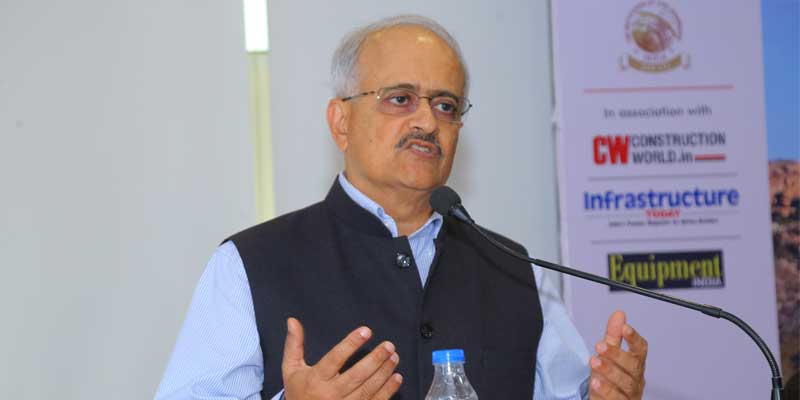Schedule a Call Back
Why does surface finishing matter in metal 3D printing?
 Articles
Articles- Aug 10,21
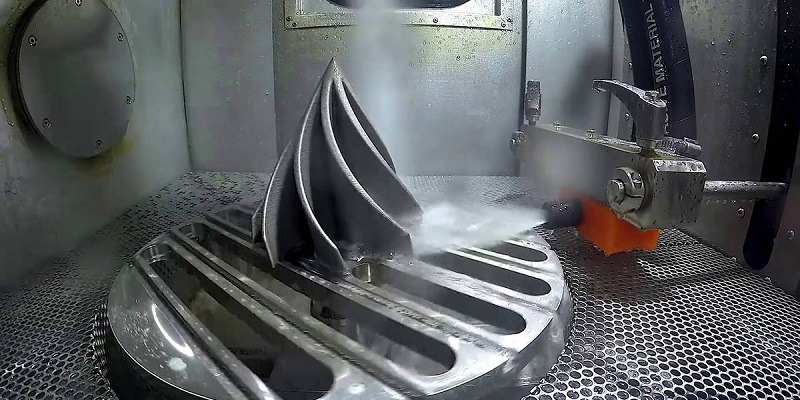
Related Stories
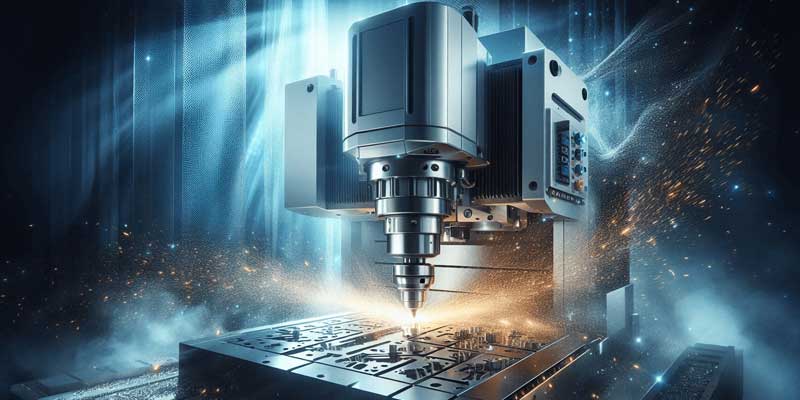
3 Ways automation is shaping the future of industrial cutting
Automated cutting machinery has opened more opportunities for increasingly complex work handled in less time and with fewer or no workers, says Emily Newton.
Read more
Evolving Manufacturing Trends: A Glimpse into 2024
Traditional manufacturing methods are being redefined by the rise of smart factories. By 2024, these establishments will have integrated systems, artificial intelligence (AI), and the Internet of Th..
Read more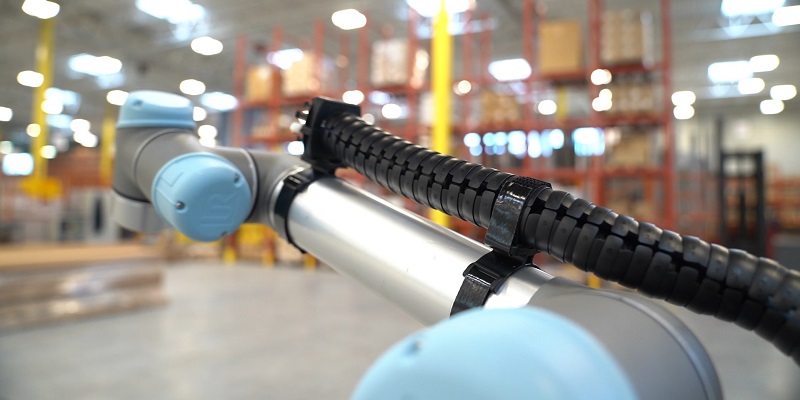
How to master robotic cable management for better manufacturing workflows
In this article, Emily Newton presents some best practices in robotic cable management for ensuring smoother workflows when interacting with industrial machines.
Read moreRelated Products
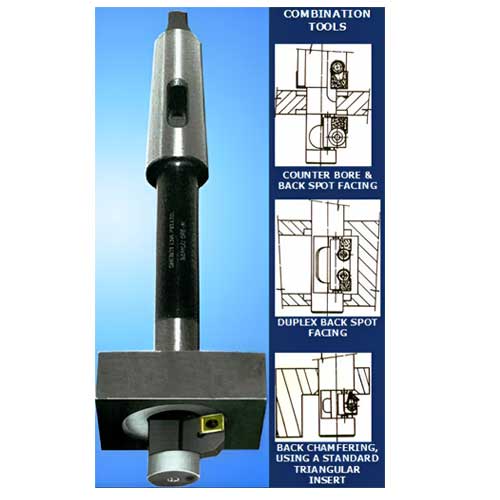
Automatic Back Spot Facing Tool
Shenoy Engg Pvt Ltd offers automatic back spot facing tool.
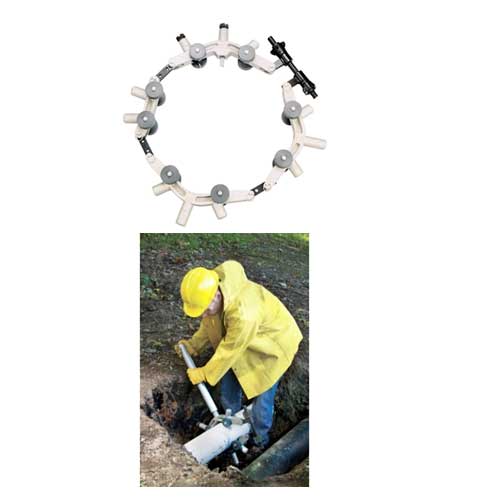
Plas in-line Rotary Pipe Cutters
Arizona Tools Company offers a wide range of in-line rotary pipe cutters for plastic pipe.
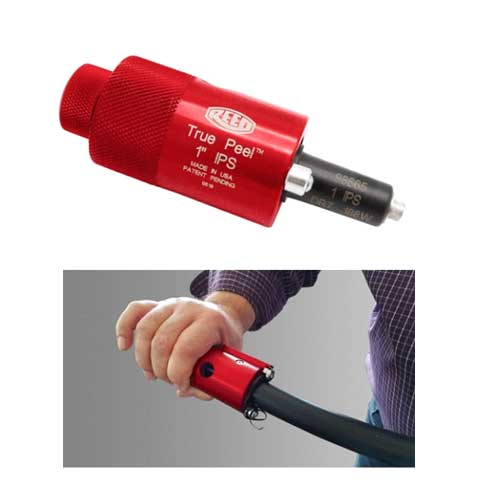
True Peel® PE Prep Tools
Arizona Tools Company offers a wide range of True Peel® PE prep tools.





